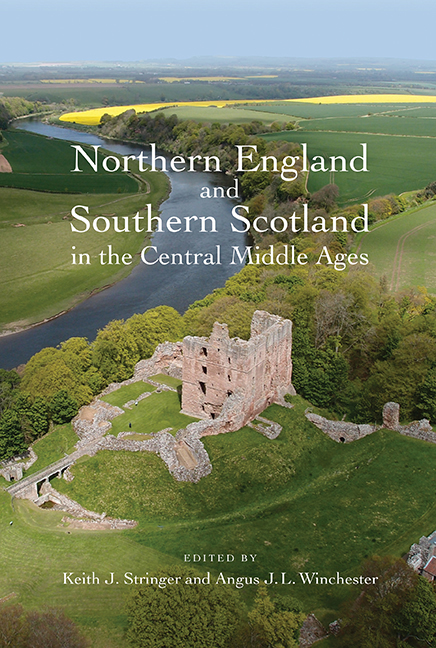Book contents
- Frontmatter
- Contents
- List of Figures
- List of Tables
- List of Contributors
- Preface
- Editorial Notes
- List of Abbreviations
- Introduction: ‘Middle Britain’ in Context, c.900–c.1300
- 1 Kingdom and Identity: A Scottish Perspective
- 2 Law, Governance and Jurisdiction
- 3 Languages and Names
- 4 Dioceses, Saints’ Cults and Monasteries
- 5 Parishes and Churches
- 6 Lords and Tenants
- 7 Rural Settlement Patterns on the Ground
- 8 Shielings and Common Pastures
- 9 Towns and Trade
- 10 Fortifications
- Index
10 - Fortifications
Published online by Cambridge University Press: 24 August 2019
- Frontmatter
- Contents
- List of Figures
- List of Tables
- List of Contributors
- Preface
- Editorial Notes
- List of Abbreviations
- Introduction: ‘Middle Britain’ in Context, c.900–c.1300
- 1 Kingdom and Identity: A Scottish Perspective
- 2 Law, Governance and Jurisdiction
- 3 Languages and Names
- 4 Dioceses, Saints’ Cults and Monasteries
- 5 Parishes and Churches
- 6 Lords and Tenants
- 7 Rural Settlement Patterns on the Ground
- 8 Shielings and Common Pastures
- 9 Towns and Trade
- 10 Fortifications
- Index
Summary
In 1016 or, more likely, in 1018 a battle was fought at Carham (NTB) beside the River Tweed near Coldstream. A host led by Mael Coluim II, king of Scots, aided by Owain the Bald, king of the Strathclyde Britons, met the levies of a Northumbrian earl (perhaps Uhtred) and comprehensively defeated them. Many unanswered questions surround the battle and its political significance, but only one such question need concern us here. After the fighting, where did Mael Coluim, Owain and the Northumbrian warlords return home to, and what form did their residences take?
The reason for which the many Iron Age fortification sites crowding the modern Border area seem largely to have fallen out of use after the collapse of Roman Britain is a problem still requiring to be resolved. South of the Tweed–Solway line, only one is recorded as still being occupied in the eleventh century – the rock of Bamburgh (Figure 10.1), where Earl Uhtred of Northumbria held court, and which had probably been in continuous use since at least as early as the reign of King Ida of Bernicia (547– 59). Excavations there suggest that a Roman site, probably a coastal signal station, was refortified and rebuilt, the buildings eventually including a church. In the small area excavated to date lies a complex of stone buildings and a stair leading down to a postern, from which pottery from Roman times to the Middle Ages has been recovered. Bamburgh was clearly a significant fortress by the eleventh century, but at present it is virtually unique in the region. This situation is by no means unusual for this era, since few fortifications have been identified during and after the Migration Period in Western Europe.
The existence of a considerable number of Roman forts on both sides of the present Border makes it likely that some at least survived as fortified centres in the post- Roman years. Very little of this can be seen now on the ground. A notable exception is Birdoswald (CMB) on Hadrian's Wall, where excavation has shown the complex sequence of re-use of granary buildings, and the construction of major timber halls within the rampart. How long this occupation lasted is still uncertain. Clearly it persisted into the fifth century, but thereafter the site disappears from the record.
- Type
- Chapter
- Information
- Publisher: Boydell & BrewerPrint publication year: 2017



